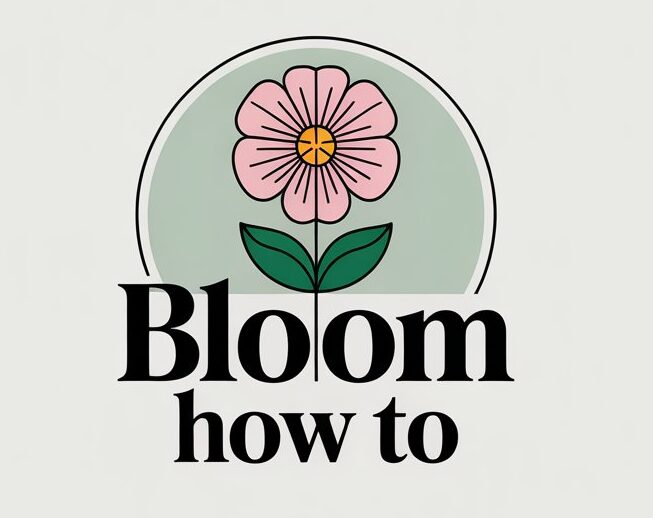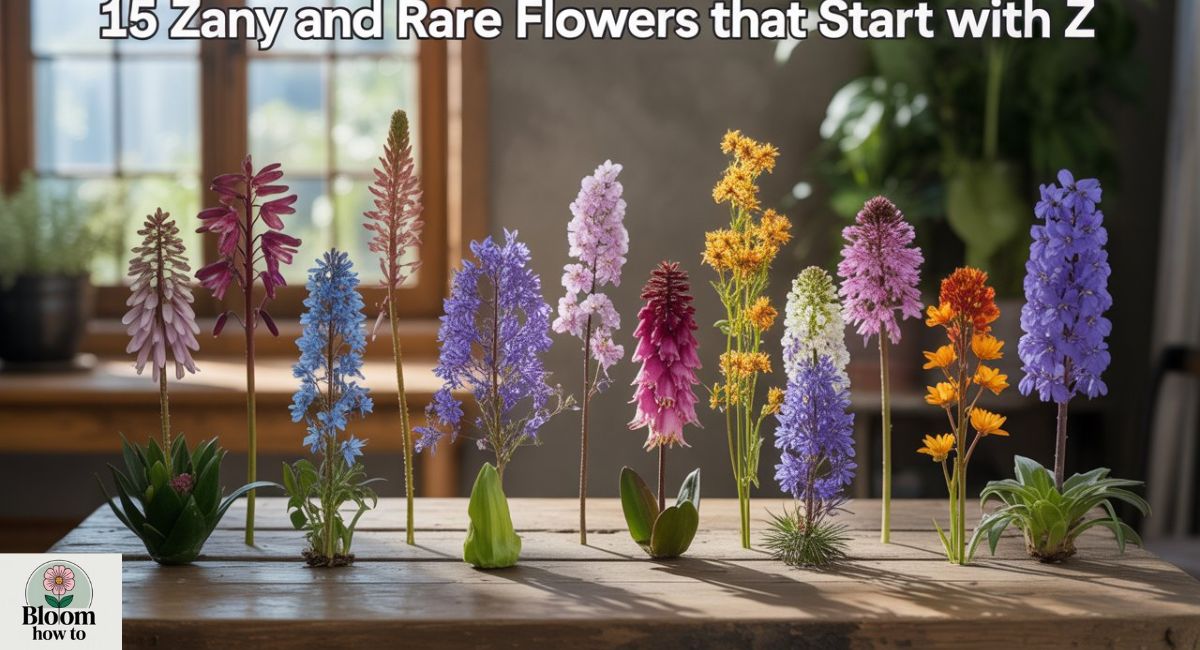Nature saves some of its most stunning surprises for the end of the alphabet. When it comes to flowers that start with Z, every bloom tells a vibrant story of color, charm, and rarity. These rare flowers that start with Z capture the imagination of gardeners who crave something truly extraordinary.
From the ever-popular Zinnia flower to the exotic Zygopetalum orchid and the striking Zebra plant flower, each species showcases unique shapes, textures, and meanings. Whether you’re exploring blooming flowers beginning with Z for your garden or seeking indoor beauty, these spectacular plants will add bold personality and unforgettable flair to any space.
Why Learn About Flowers That Start With Z?
Exploring flowers that start with letter Z isn’t just a quirky curiosity; it’s a window into rare biodiversity. These plants include species from tropical regions, temperate gardens, and indoor spaces across the United States. By learning about them, you not only expand your botanical vocabulary but also find creative ways to decorate your home and garden.
Most Popular Flowers That Start With Z
Zinnia (Zinnia elegans)
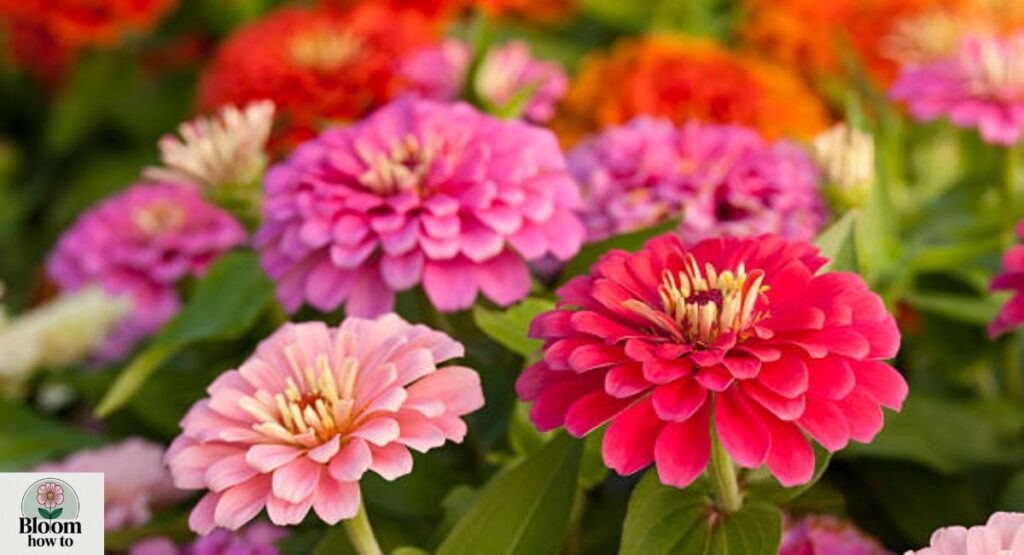
The Zinnia flower is one of the most popular and vibrant flowers for gardens in the USA. Scientifically known as Zinnia elegans, this plant grows in multiple flower colors (red, pink, purple, yellow, orange). It’s a staple among perennial vs annual Z flowers, usually thriving as an annual but self-seeding like a perennial in warm zones.
This butterfly-attracting plant blooms from summer through fall. Gardeners adore it for its low-maintenance nature and long-lasting blooms. When planted in well-drained soil and full sun, Zinnia elegans rewards you with weeks of color and charm. Its resilience makes it perfect for American home gardens and public landscapes alike.
Zygopetalum Orchid (Zygopetalum spp.)
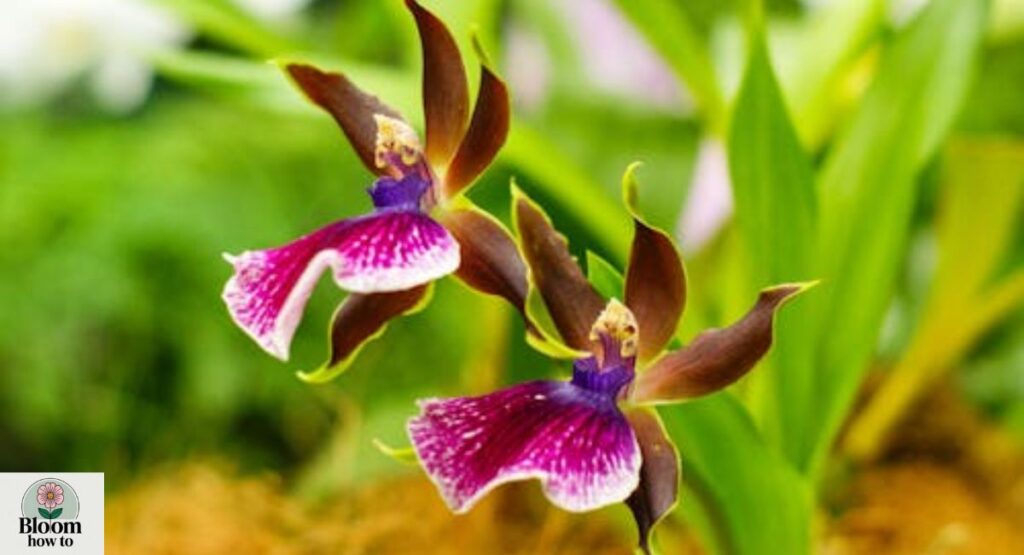
Among the exotic Z flowers, the Zygopetalum orchid stands out with its intoxicating fragrance and aroma. Scientifically called Zygopetalum spp., this orchid boasts deep green petals streaked with purple and brown markings. It’s a tropical beauty that prefers partial shade plants conditions with consistent humidity and watering.
American orchid collectors adore this variety for its ability to bloom in winter. Its flower colors add mystery and sophistication to indoor collections. The Zygopetalum orchid also teaches patience it rewards those who maintain steady moisture and cool indoor temperatures.
Zebra Plant Flower (Aphelandra squarrosa)
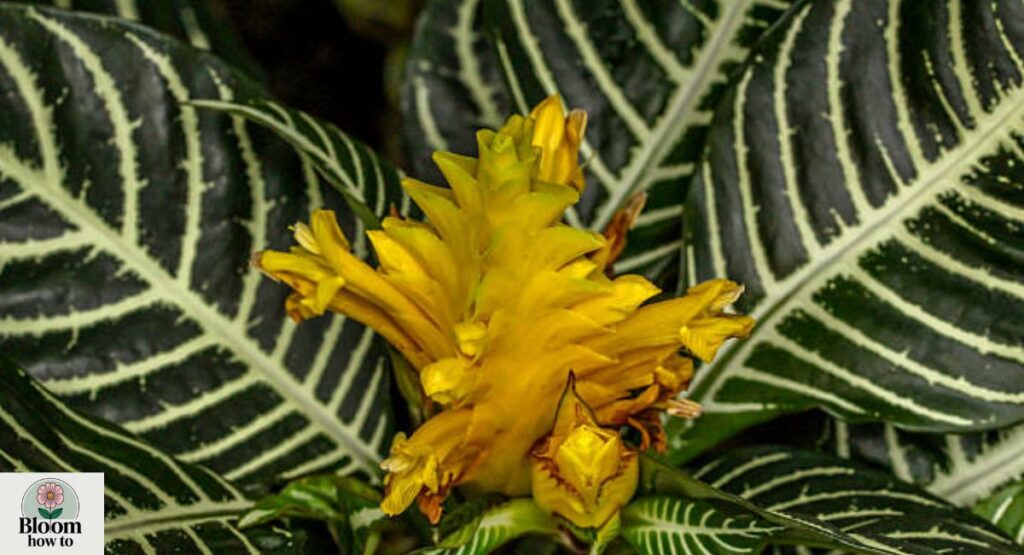
The Zebra plant flower, or Aphelandra squarrosa, captures attention with bold striped leaves and bright yellow blooms. It’s a favorite among indoor flowering plants and decorative houseplants with flowers because of its vivid contrast and manageable height and growth pattern.
Native to tropical forests, it thrives indoors across the USA where tropical & temperate plants can adapt to humidity-controlled spaces. Its flower colors and striking foliage make it ideal for home offices and living rooms. It prefers indoor vs outdoor gardening, needing bright indirect light and careful watering to avoid leaf scorch.
Zenobia Flower (Zenobia pulverulenta)
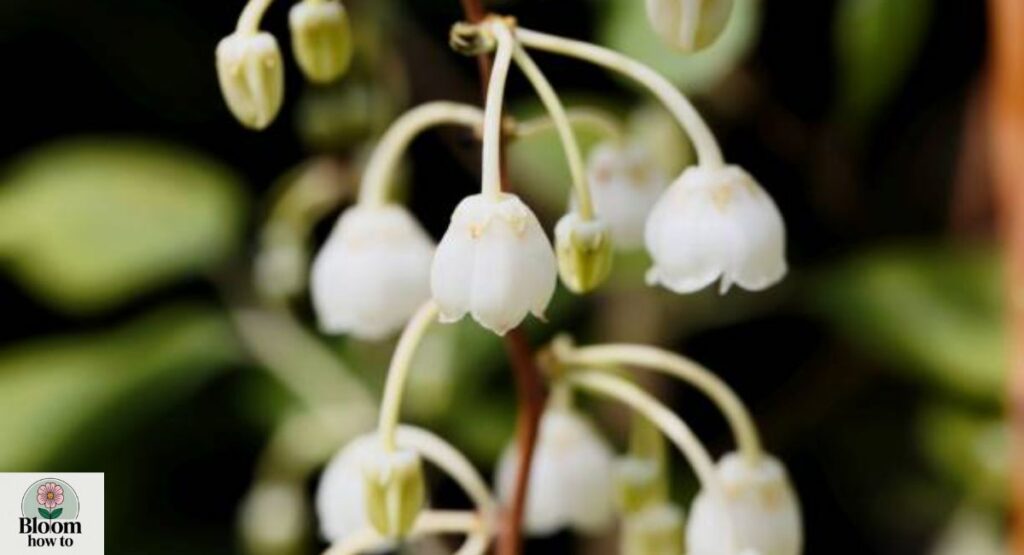
The Zenobia flower, scientifically called Zenobia pulverulenta, brings elegance to the world of ornamental Z plants. It produces delicate white bell-shaped blossoms that sometimes fade into blush pink. Found mainly in southeastern America, it prefers partial shade and slightly acidic well-drained soil.
Gardeners often plant Zenobia in wildflower gardens and shaded borders. This plant adds texture and freshness to garden beds. Its fragrance and aroma resemble spring rain, giving it a place among the most charming garden flowers starting with Z.
Zephyranthes (Rain Lily)
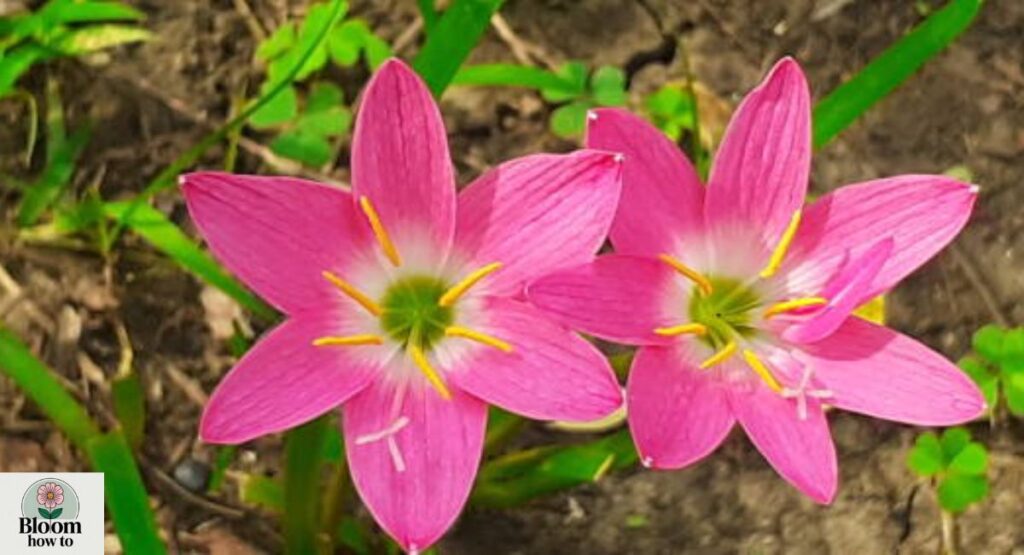
Known as the Rain Lily, Zephyranthes are cheerful blooming flowers beginning with Z. These tropical & temperate plants surprise homeowners by bursting into bloom right after rainfall. Their flower colors range from white and pink to soft yellow.
In the U.S., they grow beautifully in southern states where mild winters and warm summers prevail. Because they multiply quickly, they’re a great pick for low-maintenance garden lovers. Rain Lilies symbolize renewal and hope an ideal choice for those seeking unique flowers for decoration or subtle beauty for pathways and patios.
Zerbera Daisy (Gerbera jamesonii)
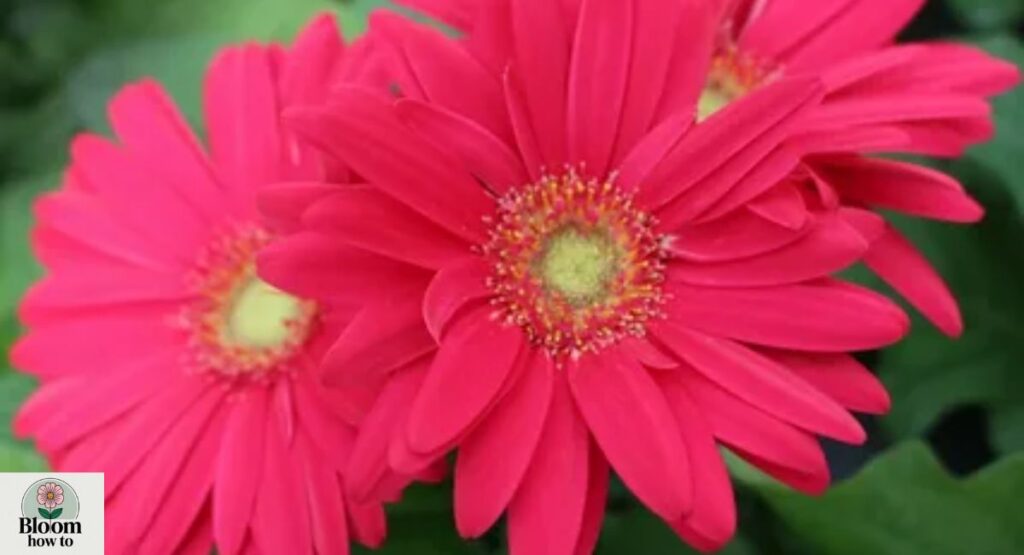
The Zerbera daisy, known scientifically as Gerbera jamesonii, adds a playful splash to every Z flowers list. This bright, cheerful flower grows in vivid shades of red, orange, pink, and yellow. Its symmetrical petals make it a popular addition to vibrant flowers for gardens and floral arrangements across the U.S.
These daisies prefer the full sun requirement and well-drained soil. When cared for properly, they bloom almost year-round indoors. Their shape resembles classic daisies, but with richer color intensity and a slightly modern twist perfect for gardeners who crave color variety in every season.
Zaluzianskya Plant (Zaluzianskya capensis)
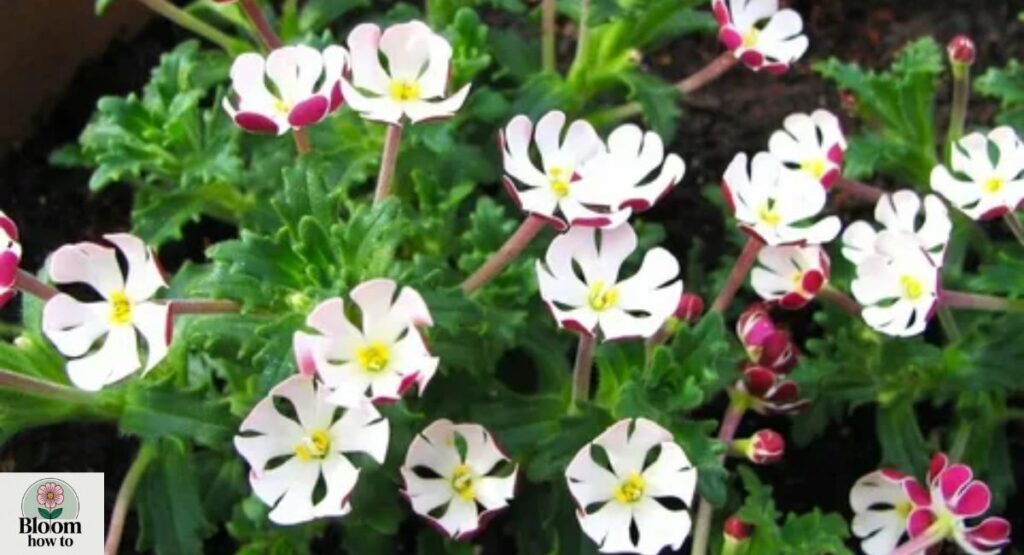
The Zaluzianskya plant, or Zaluzianskya capensis, goes by the name “Night Phlox.” What makes it special among rare flowers that start with Z is its scent. When the sun sets, its white petals open and release a sweet fragrance and aroma similar to honeysuckle.
This night-scented flower grows well in American gardens with well-drained soil and full sun during the day. As evening approaches, it fills patios with an unforgettable perfume. For those who enjoy evening gardening, the Zaluzianskya plant offers beauty that truly shines under the moonlight.
Zabelia Flower
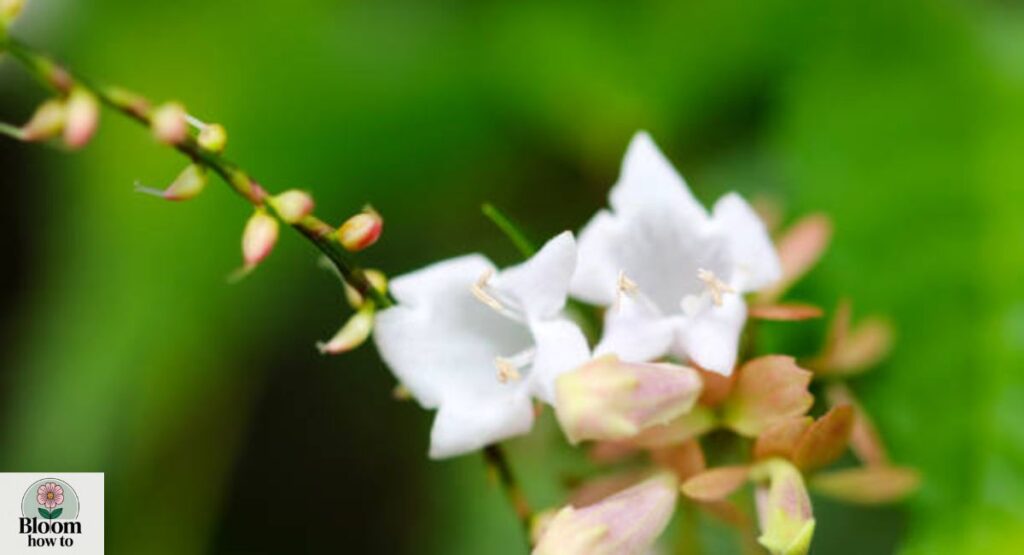
The Zabelia flower is a hardy ornamental Z plant known for its clusters of pink or white tubular blooms. These vibrant flowers for gardens bloom in late spring, attracting butterflies and bees. It thrives in full sun requirement and prefers well-drained soil, making it perfect for hedges or borders.
Zauschneria (California Fuchsia)
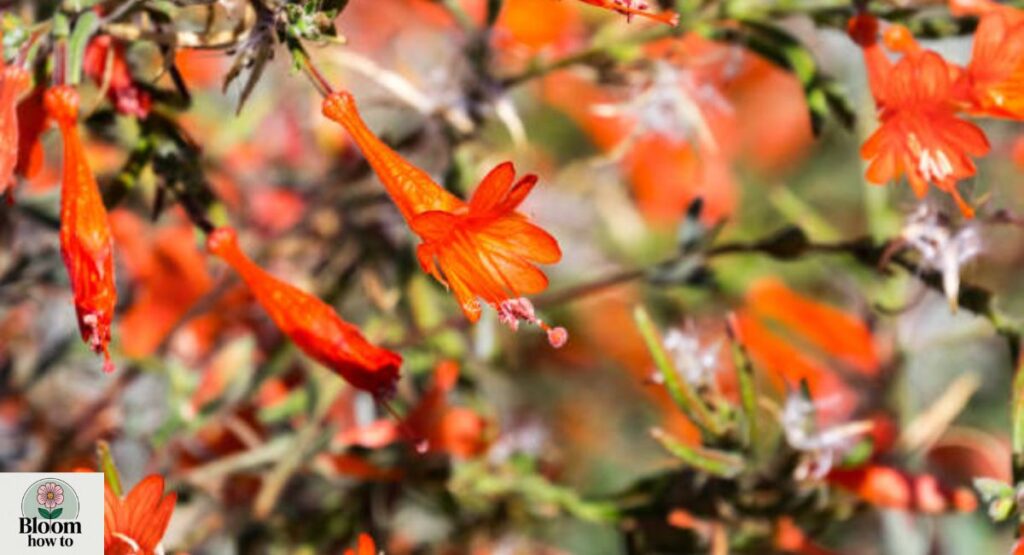
The Zauschneria plant or California fuchsia produces fiery red, trumpet-shaped blossoms that attract hummingbirds. It’s one of the best tropical flowers beginning with Z for dry climates. This low-maintenance Z flower thrives in full sun and rocky soil, bringing bright color to late-summer gardens.
Zigadenus (Death Camas)
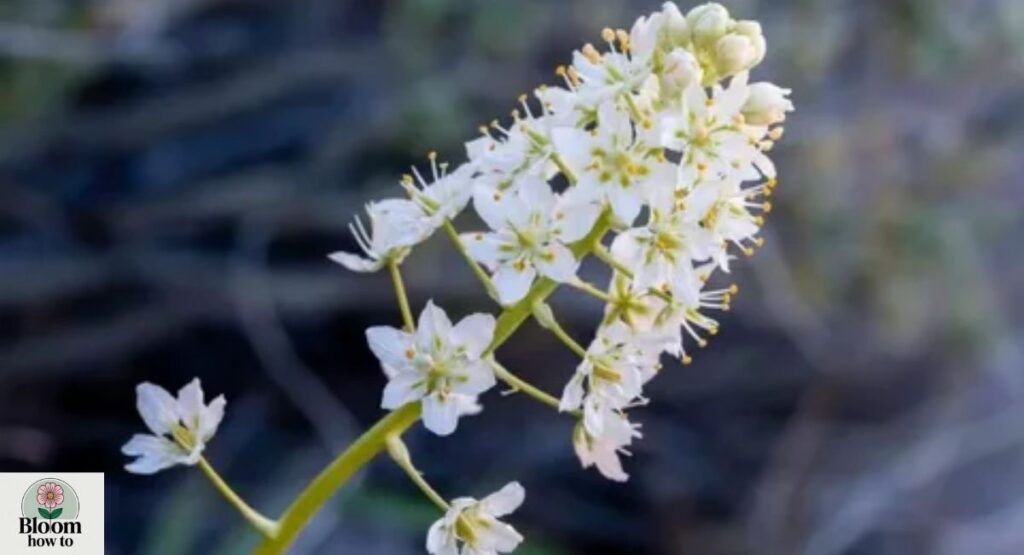
Despite its dark nickname, the Zigadenus flower is a striking wildflower found in North America. With its star-shaped white blooms, it grows in meadows and open woods. This rare flower that starts with Z prefers partial shade plants settings and sandy, well-drained soil. However, it’s toxic if ingested, so handle it carefully.
Zantedeschia (Calla Lily)
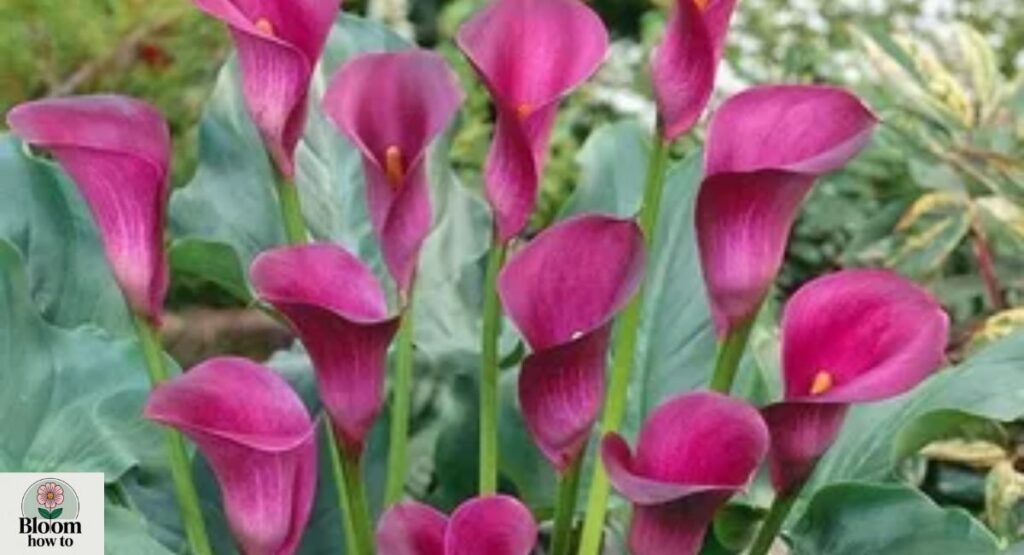
The Zantedeschia flower, often called the Calla lily, is an elegant ornamental Z plant admired for its sleek, trumpet-shaped blossoms. Found in shades of white, pink, yellow, and purple, it’s a favorite in weddings and garden designs. This blooming flower beginning with Z thrives in partial shade plants areas and moist, well-drained soil. Known for its timeless beauty and symbolic meaning of purity, the Zantedeschia adds sophistication to both indoor and outdoor spaces.
Exotic & Lesser-Known Z Flowers
While some Z-named blooms are familiar favorites, others remain hidden gems. These exotic Z flowers tell stories of faraway lands, tropical jungles, and mysterious climates. For those seeking unique flowers for decoration or collector-worthy rarities, this part of the Z flowers list introduces wonders that combine charm with intrigue.
Zornia Flower (Zornia diphylla)
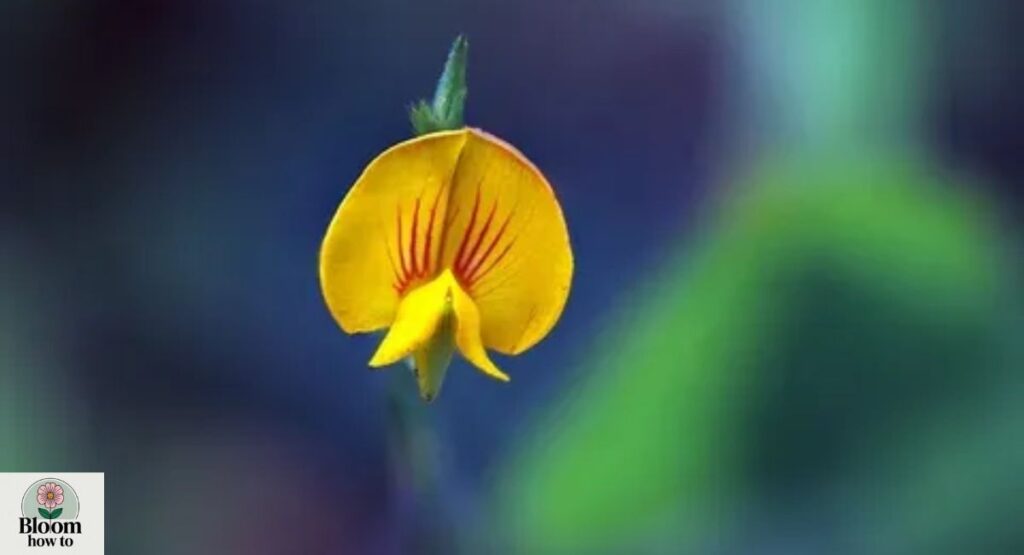
Among the lesser-known flowers that start with letter Z, the Zornia flower or Zornia diphylla deserves attention for both beauty and medicinal use. Native to warm tropical regions, this species has delicate yellow petals shaped like butterfly wings. It’s admired not just for its flower colors but also its value in traditional herbal practices.
In American botanical gardens, Zornia grows best in full sun and well-drained soil. Its slender stems and small blossoms make it ideal for low-maintenance Z flowers borders or pollinator gardens. Its subtle fragrance and aroma attract bees and butterflies, enhancing biodiversity. Though understated in appearance, the Zornia flower represents simplicity and quiet strength in the floral alphabet.
Zedoary Plant (Curcuma zedoaria)
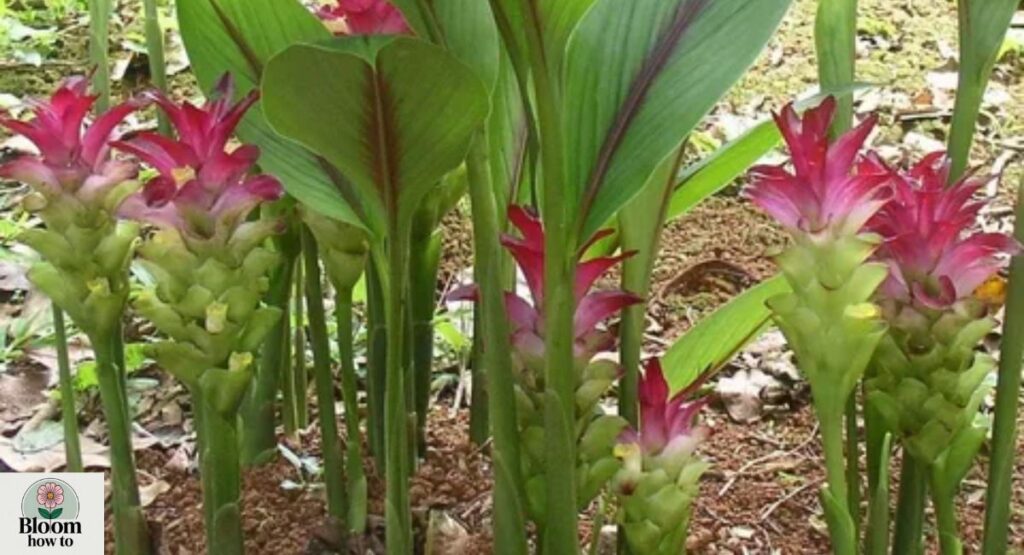
If you crave a plant with both decorative and culinary appeal, meet the Zedoary plant, scientifically known as Curcuma zedoaria. This tropical rhizome belongs to the same family as ginger and turmeric. Its striking pink-and-white flower colors rise above lush green leaves, making it one of the most ornamental Z plants in subtropical gardens.
In the U.S., especially in Florida and southern regions, Zedoary thrives as both a decorative and culinary species. Its rhizome has a mild, earthy scent and is sometimes used as a spice or herbal remedy. With proper humidity and watering, it flourishes under partial shade plants conditions. The Zedoary plant symbolizes renewal and energy, linking kitchen gardens with aesthetic gardening.
Zinc Flower (Calceolaria integrifolia)
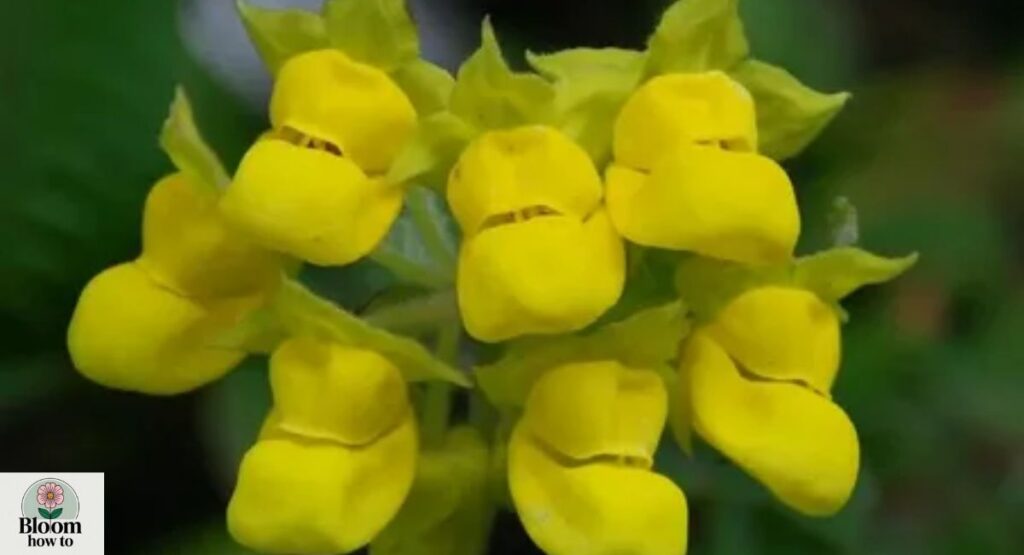
Despite its metallic name, the Zinc flower or Calceolaria integrifolia is a burst of living color. Its pouch-shaped blooms in bright yellow shades make it stand out among vibrant flowers for gardens. This Chilean native adapts surprisingly well to U.S. climates, especially along the West Coast.
Gardeners appreciate its unusual shape and height and growth pattern, which stay compact ideal for containers or small garden beds. It enjoys partial shade and moderate humidity and watering, perfect for indoor vs outdoor gardening enthusiasts. The Zinc flower brightens patios and windowsills, proving that even metallic-sounding names can hide natural brilliance.
Zucchini Flower (Cucurbita pepo)
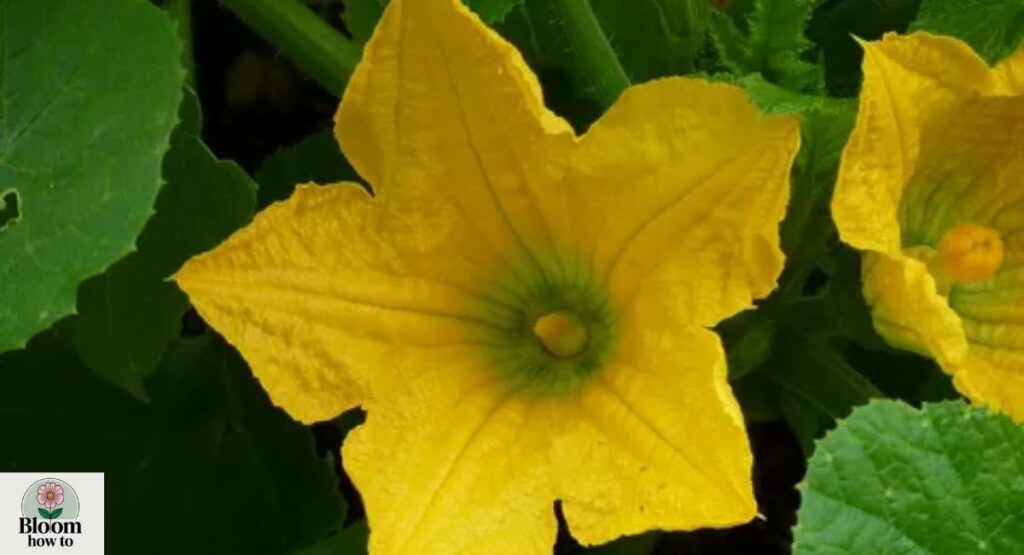
One of the most fascinating edible flower blossoms is the Zucchini flower, from Cucurbita pepo. This cheerful golden bloom is famous in kitchens across America. Whether stuffed, sautéed, or simply admired, these blossoms merge decorative and culinary uses like few others.
They bloom best under the full sun requirement and in well-drained soil. The Zucchini flower is technically unisex male flowers produce pollen, while female ones bear fruit. When harvested correctly, they make nutritious seasonal delicacies. These tropical & temperate plants demonstrate how blooming flowers beginning with Z can cross the boundary between garden and plate.
Zinnia Varieties You Should Know
No discussion about flowers that start with Z is complete without diving into the magnificent Zinnia flower family. These blooms, known scientifically as Zinnia elegans, are the beating heart of American summer gardens. They come in endless shapes, colors, and sizes each with its own flair. Let’s explore the most adored cultivars.
Zinnia “State Fair”
The Zinnia “State Fair” is famous for its huge blossoms often as wide as a teacup. It’s among the most vibrant flowers for gardens, boasting flower colors in nearly every shade imaginable. These Zinnia perennial types grow tall and full, attracting hummingbirds and butterflies in abundance.
Zinnia “Lilliput”
If you prefer compact blooms, the Zinnia “Lilliput” is your ideal choice. These miniature flowers, a type of Zinnia elegans, bloom profusely through the hot months. They fit perfectly in pots, garden borders, and decorative planters, making them one of the best low-maintenance Z flowers for small spaces.
Zinnia “Zahara” Series
The Zinnia “Zahara” series is modern, bold, and nearly bulletproof in performance. These hybrids offer perennial vs annual Z flowers flexibility depending on climate, blooming vigorously even in poor soil. Their flower colors especially coral, gold, and magenta—make them favorites in colorful summer flowers collections.
Indoor & Garden-Friendly Z Flowers
Not every bloom beginning with Z needs tropical conditions to thrive. Many flowers that start with letter Z make excellent indoor flowering plants or garden flowers starting with Z that adapt beautifully to American homes. Their height and growth pattern, vibrant flower colors, and modest maintenance needs make them easy favorites for gardeners.
The Zebra plant flower or Aphelandra squarrosa stands out among the most decorative houseplants. With its dark green, white-striped leaves and bright yellow bracts, it’s a living work of art. The Zebra plant flower thrives under bright indirect light and enjoys humidity and watering on a regular schedule. Keep its well-drained soil moist but not soggy, and it’ll reward you with long-lasting tropical blooms. It’s a stunning choice for decorative houseplants with flowers that brighten interior spaces.
The Zygopetalum orchid (Zygopetalum spp.) is another exquisite example of an indoor vs outdoor gardening crossover plant. Known for its striking mix of purple, green, and brown petals, it releases a delightful fragrance and aroma. These exotic Z flowers prefer partial shade plants conditions and cool, humid environments perfect for indoor greenhouses or shaded patios. With care, they’ll bloom twice a year, making them one of the most rewarding ornamental Z plants in cultivation.
Gardeners in the southern U.S. often enjoy Zenobia flower (Zenobia pulverulenta), a semi-evergreen shrub that produces bell-shaped white blossoms. This tropical & temperate plant grows well in full sun to partial shade and flourishes in acidic, well-drained soil. It’s one of the few low-maintenance Z flowers that add year-round texture to gardens. Its silvery foliage and spring blooms make it a beloved landscape plant for both professional designers and hobbyists.
For those who love night fragrances, the Zaluzianskya plant (Zaluzianskya capensis), or night-scented phlox, brings magic after sunset. As the sun sets, its small pink and white blossoms release a sweet, honey-like perfume, making it one of the most cherished night-scented flowers. This plant prefers full sun requirement during the day and well-drained soil, making it perfect for rock gardens or balcony planters.
Indoor gardeners can also try compact Zinnia perennial species such as Zinnia angustifolia, which stay manageable in pots while producing cheerful blooms throughout summer. These blooming flowers beginning with Z not only lift moods but also attract butterflies indoors when near sunny windows.
Symbolism & Meanings of Z Flowers
Across cultures, rare flowers that start with Z symbolize energy, uniqueness, and transformation. Their names may fall last in the alphabet, but their meanings often sit at the top of the floral hierarchy. Each Z flower carries an individual story that ties beauty to purpose.
The Zinnia flower (Zinnia elegans), for instance, symbolizes endurance and remembrance. Its long-lasting blooms remind us of friendship and persistence through tough times. In Victorian flower language, sending Zinnia flowers expressed affection for an absent friend. Their diverse flower colors red for love, pink for affection, yellow for cheerfulness make them suitable for nearly every occasion.
The Zygopetalum orchid is admired for its spiritual symbolism. Its blend of colors signifies harmony, balance, and exotic allure. In modern interpretations, this fragrant Z flower represents personal growth and elegance under pressure much like how it thrives in shaded, humid environments.
Meanwhile, the Zebra plant flower (Aphelandra squarrosa) is associated with individuality. Its contrasting patterns and tropical flair remind us that beauty lies in boldness. Gardeners often keep it indoors not only for its appearance but also for the positive, uplifting atmosphere it brings to homes.
The Zaluzianskya capensis, also known as the night-scented phlox, symbolizes mystery and romance. Its fragrance unfurls at dusk, aligning it with love’s quieter, more intimate side. On the other hand, the Zornia flower represents modesty and grace small but remarkable in presence.
Even culinary blossoms like the Zucchini flower (Cucurbita pepo) hold symbolic value. They’re tied to nourishment, creativity, and gratitude for nature’s abundance. The Zedoary plant (Curcuma zedoaria), due to its medicinal background, stands for healing and rejuvenation—traits valued by holistic gardeners and herbalists alike.
The Zenobia flower, with its white bell blooms, evokes purity and spiritual calmness, while the Zinc flower (Calceolaria integrifolia) adds a note of joy and resilience, symbolizing strength despite fragility.
Together, these flowers that start with Z form a poetic bouquet of meanings that speak to endurance, joy, and the beauty of individuality.
Growing and Caring Tips for Z Flowers
Caring for Z flowers isn’t difficult once you understand their needs. Most garden flowers starting with Z prefer full sun and well-drained soil, but some like orchids and Zenobia enjoy partial shade and moist environments. Knowing which is which can make your floral journey smoother.
Here’s a quick reference table for some of the most popular Z blooms:
| Flower Name | Scientific Name | Sun Requirement | Bloom Time | Height | Ideal Condition |
| Zinnia Flower | Zinnia elegans | Full Sun | Summer–Fall | 1–4 ft | Dry, well-drained soil |
| Zygopetalum Orchid | Zygopetalum spp. | Partial Shade | Winter–Spring | 1–2 ft | High humidity |
| Zebra Plant Flower | Aphelandra squarrosa | Indirect Light | Late Summer–Fall | 2–3 ft | Humid indoor space |
| Zaluzianskya Plant | Zaluzianskya capensis | Full Sun | Spring–Summer | 6–12 in | Night-scented beds |
| Zenobia Flower | Zenobia pulverulenta | Full Sun/Partial Shade | Spring | 3–4 ft | Acidic soil |
| Zornia Flower | Zornia diphylla | Full Sun | Spring–Summer | 1–3 ft | Dry, sandy soil |
| Zedoary Plant | Curcuma zedoaria | Partial Shade | Summer–Fall | 2–3 ft | Tropical humidity |
Maintaining these plants involves understanding their natural rhythm. Regular watering and humidity checks are essential for tropical species like orchids and Zebra plants. Meanwhile, Zinnia flowers prefer a bit of neglectthey bloom best when allowed to dry between waterings. Always remove faded flowers, a practice called deadheading, to encourage continuous blooming.
Soil choice matters too. Use rich, well-drained soil for most species and slightly acidic mixes for Zenobia and orchids. Gardeners in the U.S. often add compost or peat moss to improve drainage and retain moisture. If you’re growing indoor flowering plants, consider placing them near windows that receive bright but indirect sunlight. That keeps leaves from burning while maintaining energy for photosynthesis.
Fertilizing once every few weeks with a balanced, water-soluble formula ensures steady growth and vivid flower colors. For orchids, use an orchid-specific fertilizer, while Zinnia perennials benefit from phosphorus-rich blends that boost blooming.
Conclusion
Exploring flowers that start with Z opens a colorful window into nature’s creativity. Each bloom, from the lively Zinnia flower to the elegant Zygopetalum orchid, offers something rare and unforgettable. These blooming flowers beginning with Z prove that even the last letter of the alphabet holds endless beauty. Whether you grow rare flowers that start with Z in your garden or enjoy them indoors, their charm, color, and fragrance remind us that true elegance often blossoms in unexpected places.
FAQs
Are there any perennial Z flowers?
Yes, Zinnia perennial (Zinnia angustifolia) and Zenobia flower are lovely perennial Z flowers that return every year when grown in well-drained soil and sunlight.
What is the flower name from Z?
Popular flower names starting with Z include the Zinnia flower, Zygopetalum orchid, Zebra plant flower, and Zaluzianskya plant, each admired for its color and charm.
What is the old name for the letter Z?
The letter Z was historically called “zed” in British English and “zee” in American English, tracing back to the Greek “zeta.”
Can you eat zinnia flowers?
Yes, Zinnia flowers are non-toxic and edible, but they’re mostly used for decoration, unlike the flavorful Zucchini flower.
Which Z flower smells the best?
The Zaluzianskya plant (night-scented phlox) is known for its sweet evening fragrance, making it one of the most fragrant Z flowers for gardens.

Welcome to bloom how to! I’m Anam Sattar, an AI Powered SEO, and Content Writer with 4 years of experirnce.
I help websites rank higher,grow traffic, and look amazing. My goal is to make SEO and web design simple and effective for everyone.
Let’s achieve more together!
